
Is there different technique or training approaches depending on whether you are a social dancer or competitor? Let’s take a look.

Is there different technique or training approaches depending on whether you are a social dancer or competitor? Let’s take a look.
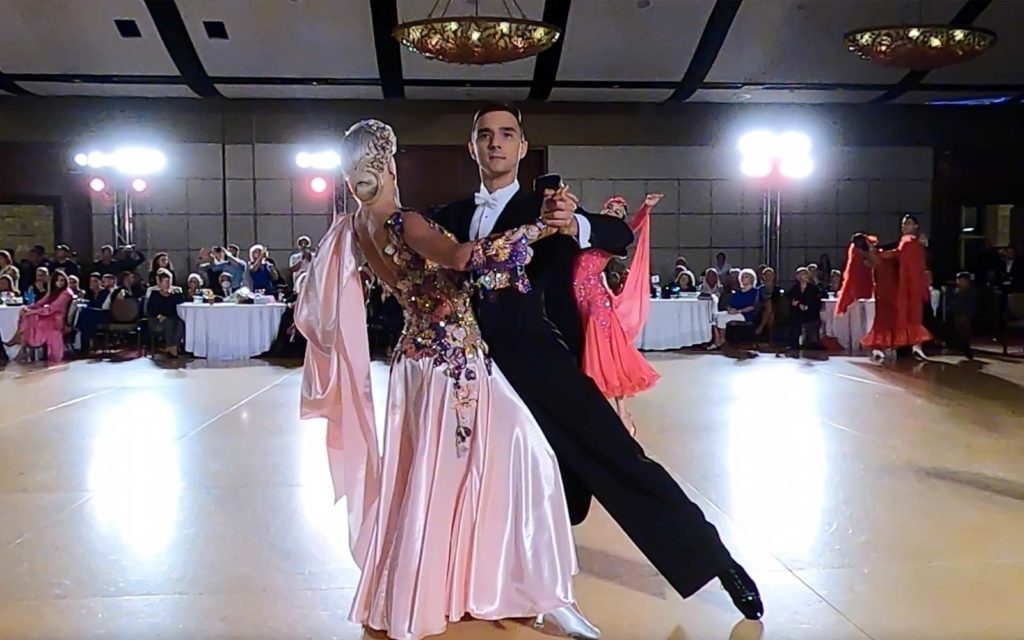
Some observations and perspectives on dancing from the 2022 NDCC Canadian National Championships.
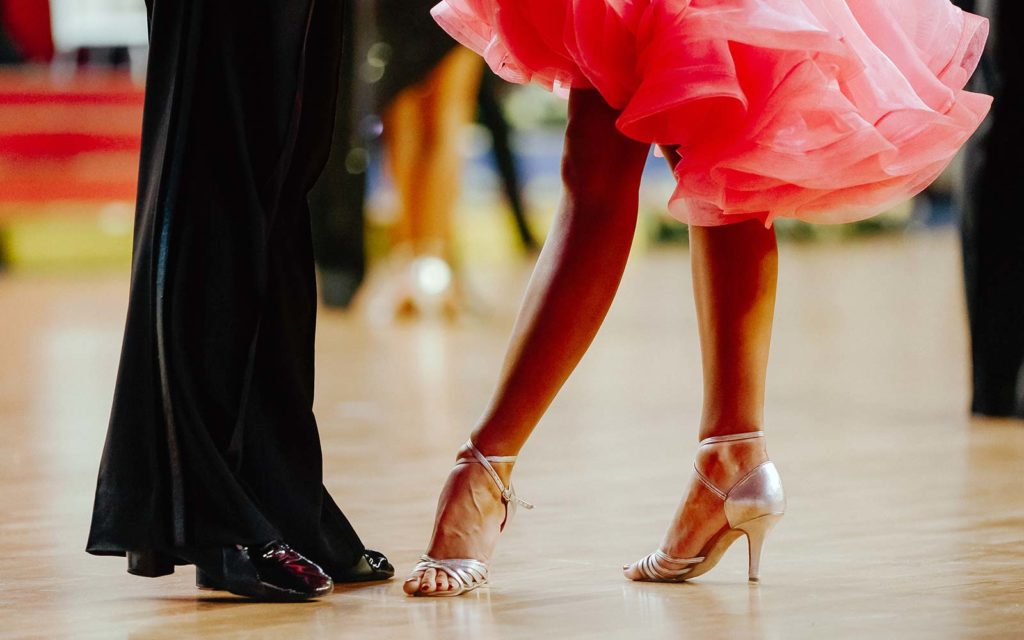
When watching dancers on the floor, even those who don’t dance can tell the difference between skill and a lack of it. What’s the difference?

We dance because we love the energy and feeling of dance as an activity. But how do we use it to tell a story?
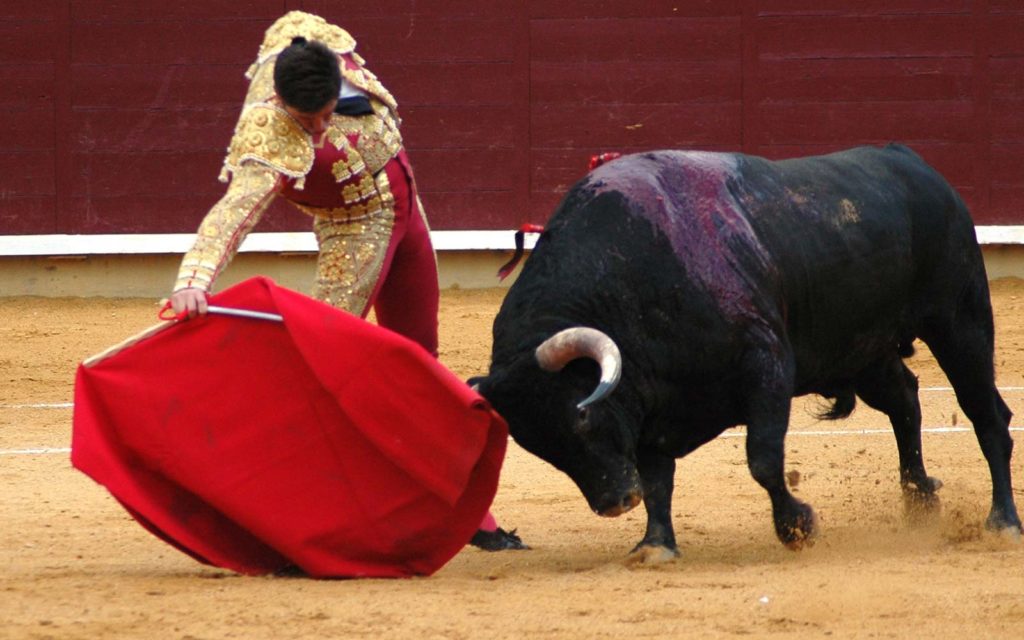
The Paso Doble is the dance of the matador and his cape. It has a number of qualities that are unique in the Ballroom and Latin dance world.

With competition opportunities in Canada severely limited due to Covid-19 restrictions, we turned more than ever to video for inspiration. Here are some of our favorites.

As the world slowly returns to dance activity, what lessons have we learned from the pandemic and how will we use that time to do things differently?
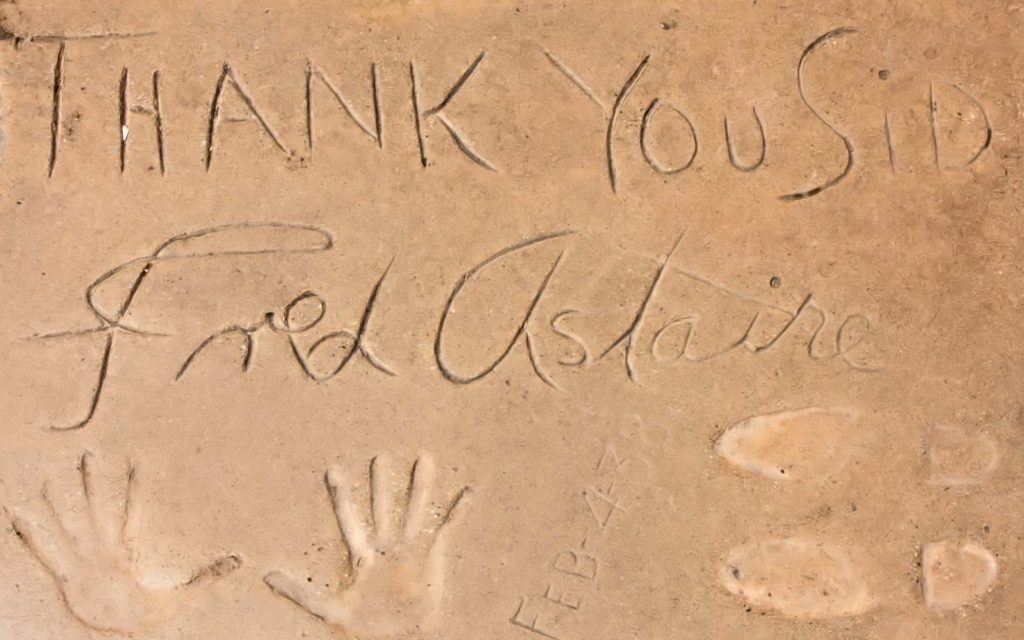
Someone recently asked on a discussion forum, “what made Fred Astaire such a great dancer?” It was the way he made difficult things look like anyone could do them.

A three-year study found that experienced dancers can use multiple areas of the brain simultaneously. Though multi-tasking is largely a myth, it seems to be very real in the world of dance.

In partner dance, two people move as one to music, all without a word being spoken. Let’s take a look at the elements of the unspoken language being used.
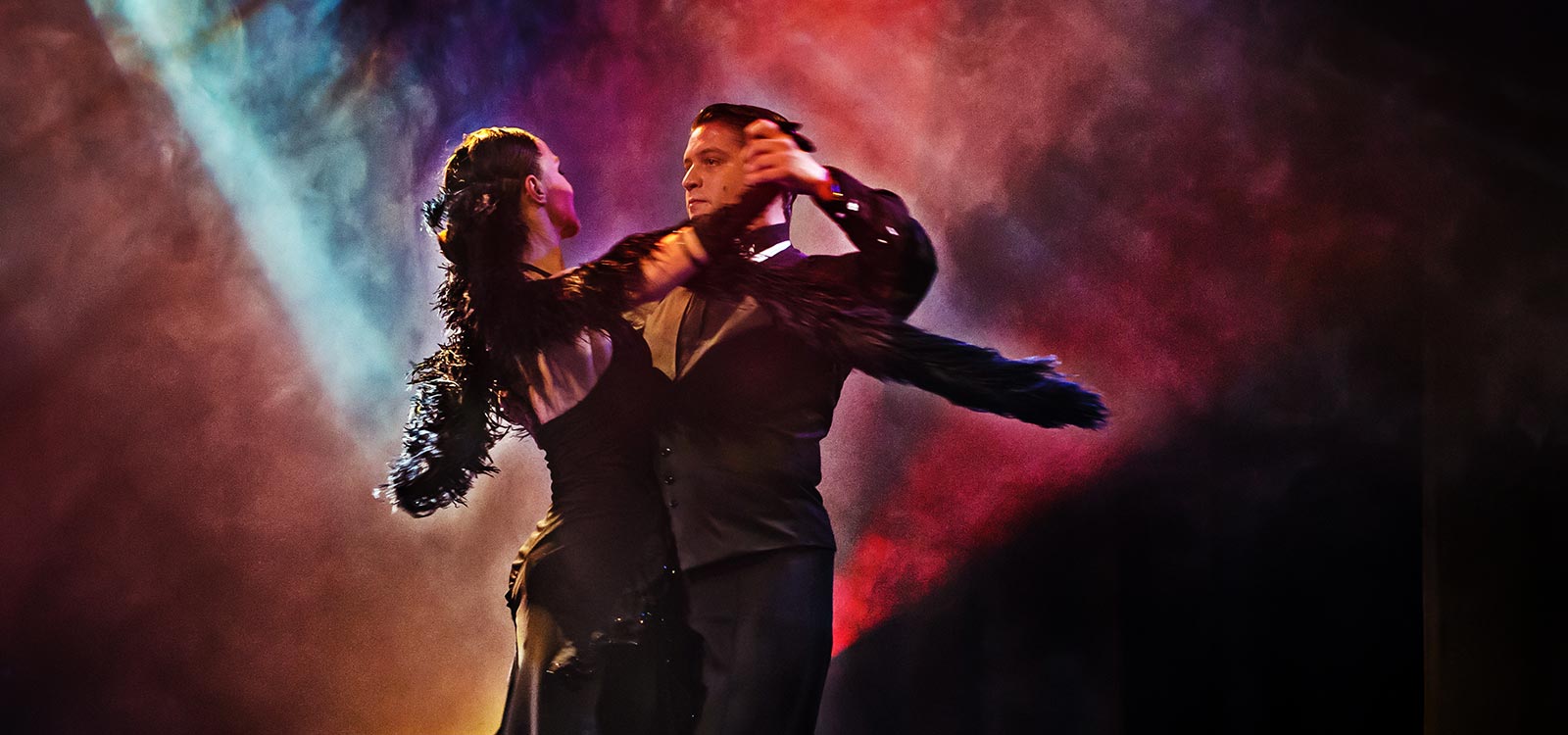
Philosopher Allan Watts has an interesting perspective on how the journey is the entire reason for music. This compares nicely to dance, where the experience of the dance should not be lost in the desire to get to the end.
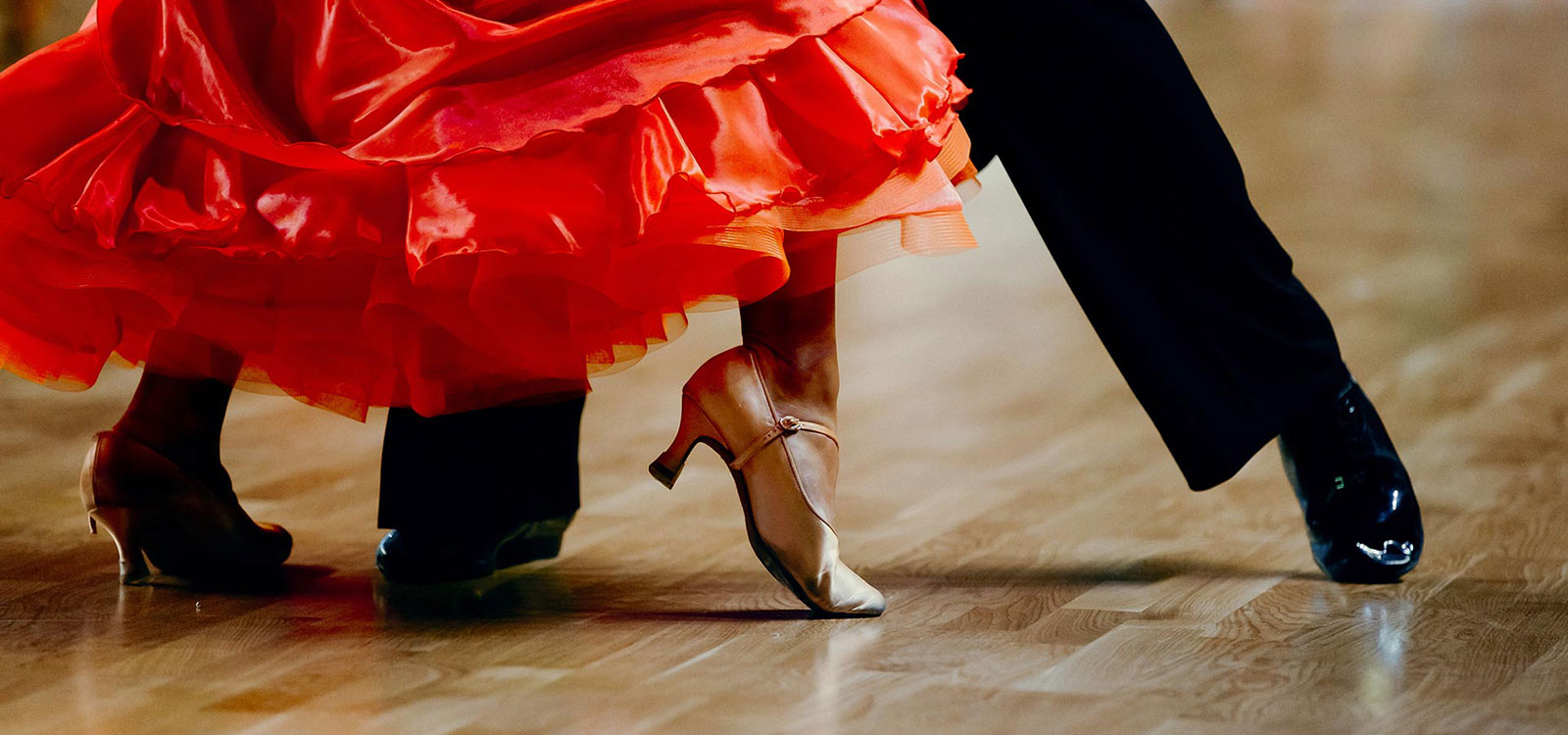
A discussion on Quora about the difference between competitive dancing and social dancing led to an interesting analogy. Ballroom dancing is similar to using speech, whether in conversation or in a presentation.

Nothing about dancing, whether as a raw beginner or a seasoned professional, is inherently comfortable. And it shouldn’t be. Getting out of our comfort zone is where we begin to rise to greatness.
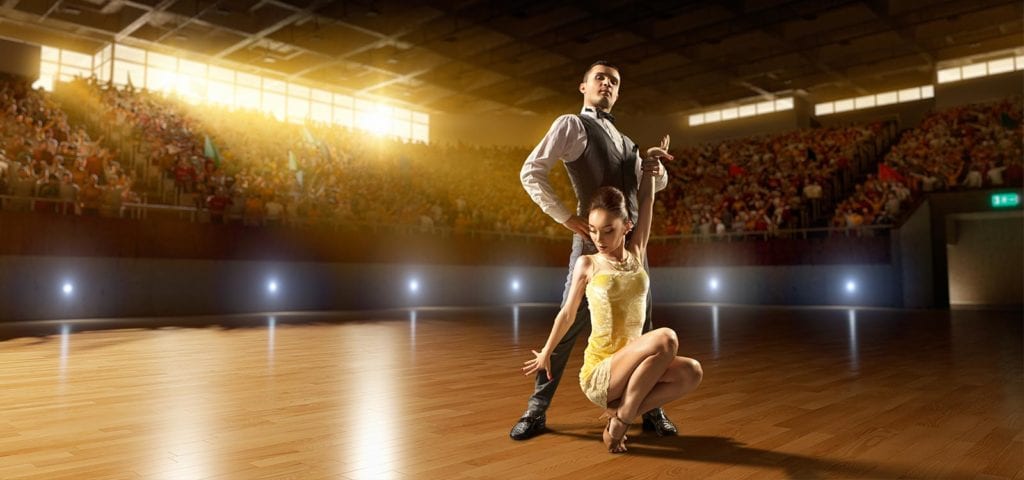
Dancers are always learning technique. So how can we learn to stop thinking so that we can ignore all that technique long enough to enjoy the dancing?

Repeatedly, competitors comment on how supportive the audience was in Vancouver. SnowBall’s audience has a reputation for for being supportive, and it makes an impact felt around the world.

Whatever activity people are involved in, they turn it into a form of competition. And with competition comes an audience. Some insights for dancers and organizers on building audiences.

In its ongoing effort to appeal to the Olympics committee as a sport, the IDSF decided a few years ago to abide by the Olympic Games anti-doping policy. Now it seems that this policy has turned around to bite the IDSF on its own backside.